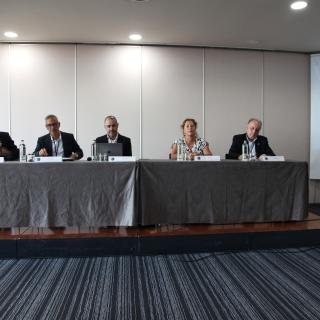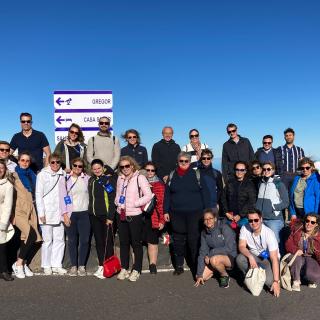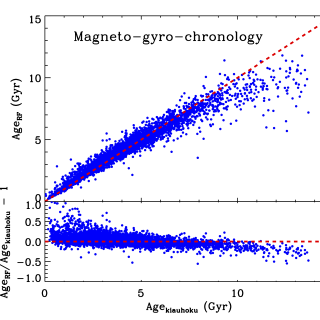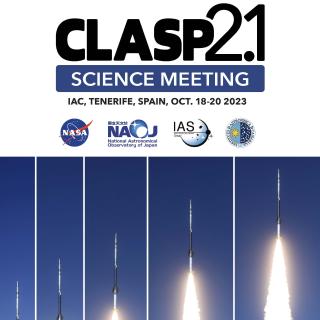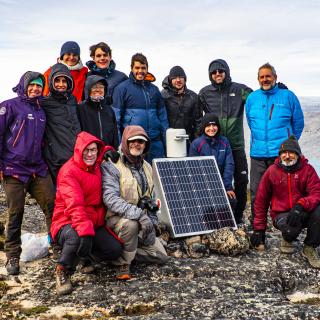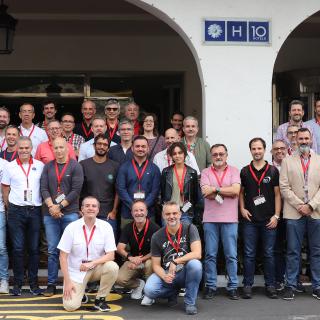
From Monday 23rd to Thursday 26th October, the first meeting of the large astronomical observatories in Spain will be held in the town of Los Cancajos, La Palma. Most of them are scientific projects belonging to the map of the Singular Scientific-Technical Facilities (ICTS) of Spain, grouped in the field of Astrophysics under the coordination of the Astronomy Infrastructure Network (RIA). In this first edition, the participants are the Centro Astronómico Hispano en Andalucía (CAHA), the Gran Telescopio de Canarias (GRANTECAN), the Institute de Radiaoastronomie Millimétrique (IRAM), the
Advertised on
